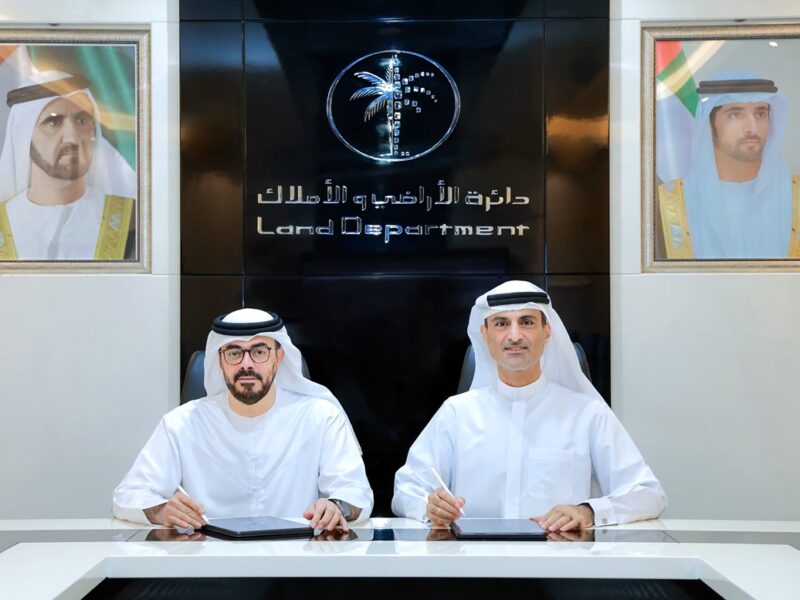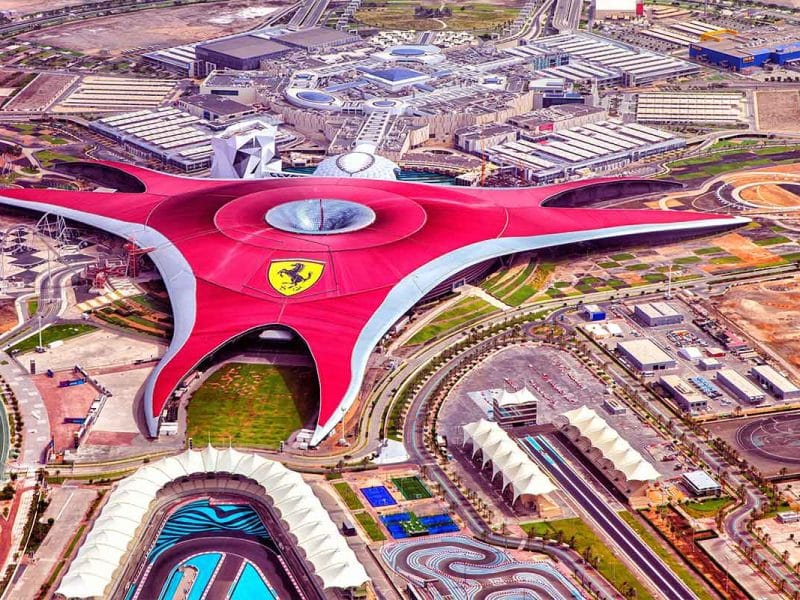We live in a time during which technological innovation happens daily, if not hourly. Generative AI, IoT, Wi-Fi 6E and other solutions have already evolved from emerging technologies to today’s standards, and organisations that had the agility and foresight to be early adopters of these solutions are already reaping the benefits.
In the Middle East, governments and enterprises are embracing this early-adoption approach, with concrete plans to leverage emerging solutions and thrive in the latest technological era.
The AI, cybersecurity and Big Data market is expected to be a $28 billion industry by 2025, and to accommodate this growth, the Ministry of State for Artificial Intelligence in the UAE has made it a goal for the region to become a global leader in AI by 2031. At the same time, the Kingdom of Saudi Arabia is transforming its workforce by improving data literacy and developing 20,000 AI and data-qualified experts.
It is exciting for us to be part of this fast-paced development. As we approach GITEX Global 2023, the world’s largest technology event, we’re thinking more and more about how and when companies succeed at pushing the boundaries of what is digitally possible. We believe we know the answer: digital evolution is built upon an intelligent network foundation.
Let’s dig deeper into that. All of these new trends and solutions heavily rely on data and information, and lots of it – the network is the central nervous system of all technology used in an organisation.
If you want to extract value from AI or integrate next-generation IoT devices and applications into your business practices, you need a reliable and powerful network that can gather, transmit, protect and analyse your data from thousands of touch points. That data then becomes the fuel to drive decisions around other technology solutions.
So if the network determines our capability to embrace and successfully deploy next-generation technologies, how do we ensure we are leveraging it strategically?
Ensure it is always on
Did you know that, according to Gartner, 30 minutes of network downtime costs companies an average of $5600 per minute? A network must be resilient and reliable enough to maintain performance even when experiencing a high volume of traffic.
Take for example an international, premier F1 racing destination here in the Middle East. During every event, thousands of visitors, staff and race team members rely on constant access to the network. Downtime can cause interruptions to the entire event and visitor experience.

When this venue’s IT team needed to upgrade its network, they selected a network fabric solution that enables traffic to be re-routed over the most optimal network path. This decreases the chance that device malfunctions or traffic overloads could impact network performance, ensuring key functions like cashless transactions or devices like security cameras stay online.
The team also has greater network visibility after adopting a machine-learning-driven cloud network platform, enabling them to quickly identify and resolve potential issues before they impact users.
Test and re-test defences
If we are only as strong as our weakest link, then it’s particularly important to constantly ensure network security, which links all other technologies together. This holds especially true in the case of industries with enormous amounts of sensitive and digitised information that needs to be transmitted on a daily basis – like hospitals.
Dr. Sulaiman Al-Habib Medical Group (HMG), one of the largest healthcare providers in the Middle East, had ambitious plans to elevate patient care by digitising medical records and providing personalised digital experiences.
Leveraging network fabric in combination with Wi-Fi 6E enabled HMG to ensure mission-critical medical devices were separated from guest Wi-Fi traffic, minimising the possibility that a lateral cyberattack could impact patient care while offering significantly more bandwidth to easily run new innovative medical applications.

Scaling to growth
As more international entities set up their presence in the region, it is vital that their networks can expand along with them to accommodate increased demand and wide-spread operations.
Looking at public venues, with an ever-growing population and increasing number of tourists arriving at major attractions here in the region that are looking for memorable experiences, public venues need to be able to respond to higher footfall and provide seamless digital services and enhancements.
For example, BAPS Hindu Mandir, the first Hindu temple in the region, has deployed a high-performance network across its campus to provide secure, scalable connectivity for both visitors and internal operations, supporting day-to-day needs as well as supporting temporary large requirements like events or festivals.
Leverage AI and Automation
Finally, we need to make our networks as smart as possible, automating and streamlining network management to ensure faster troubleshooting and free IT teams from getting mired in tedious, repetitive tasks that AI can handle.
Increasing network intelligence is also what allows our networks to accommodate new capabilities such as IoT with minimum disruption and increased ease, while also giving organisations actionable insights into user behaviour and preferences.
An example of this in action is in major sports venues, where professional leagues rely on the network to power fan experiences like AR/VR as well as more basic needs like downloading mobile tickets. With robust, AI-driven network analytics, operations teams can see into real-time fan activity and network performance insights, allowing them to continually enhance services and tailor offerings to peak demand.
With the right solutions in place, network management can be easy while driving highly impactful outcomes for businesses. Businesses need to ensure they have followed the roadmap for a robust, secure and intelligent network that will allow them to unlock new potential. Like any other strategic asset, the network needs investment, time and effort for optimised operations, enabling organisations to fearlessly adopt new technology and build toward the future.










